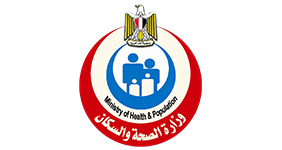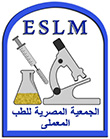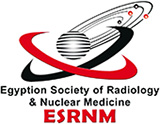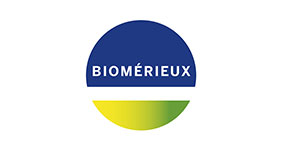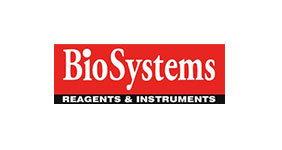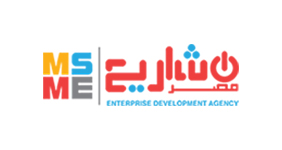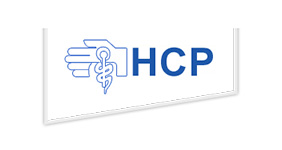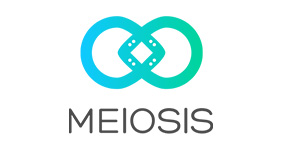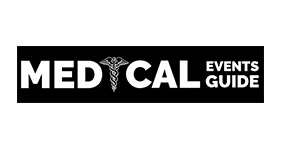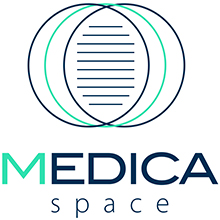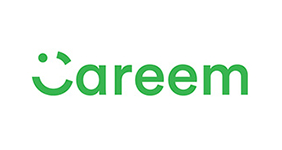6 big investment bets for healthcare in the GCC
One
Primary care services 2.0: Within the GCC countries, integrated technology enabled primary health care centres are the need of the hour. The lag in delivering care expected from them and the growing concern over their ability to survive in the current health care system has led to concerns and spurred an outlook for alternatives. The traditional models that have been conventionally delivering primary care in many GCC countries have not evolved at the pace that was needed, especially with growing health services demand from patients and the growing burden of chronic diseases. Hence, we can expect the proportion of spending on primary care-led or supported propositions is expected to rise significantly as new models emerge and as technology enabled bridging the gap between traditional health care models and the existing service offerings.
Two
Development of specialised centres of excellence: Future investments in the health sector in the GCC are expected to be driven primarily to fill the quality gap in health service delivery as opposed to just a demand-supply gap in physical infrastructure, where significant investments have already been made in most GCC countries. We have seen a visible shift in some GCC countries where a large portion of upcoming projects are in specialised facilities focusing on one or a limited number of specialties with the aim to develop centres of excellence (CoEs). CoEs are healthcare facilities focused on providing high-quality care through multidisciplinary teams. They have the ability to charge premium prices compared to their general hospital counterparts, given the superior quality and technologically advanced services that they are able to provide. A CoE proposition also helps create differentiation in the market, as it ensures provision of end-to-end patient care maintaining the continuum and could result in improved clinical outcomes in the specialties and services the centre is focused on.
Three
Home healthcare services: Home healthcare services have emerged as an attractive opportunity for health investment over the past five years, particularly due to reforms in insurance regulation and the growing acceptance of m-health applications and services globally. The home healthcare market includes services that can be categorised into two broad areas; the first relates to provision of medical services in a patient’s home with the help of doctors, nurses, home health aids and attendants, and the second relates to medical services provided through the use of telehealth services, in which a patient can connect virtually through applications or devices for remote consultations or monitoring of a patient’s condition.
Examples of the services provided in a patients home include:
- Geriatric care
- Post-trauma and post-surgical nursing care
- Physiotherapy
- Occupational therapy
- Speech therapy
- Rehabilitation
- Paediatric home care
Four
Long-term and post-acute care and rehabilitation: The development of ambulatory services and acute care in the GCC region has had significant effect on the overall health of the population. The average life expectancy has increased by 14%, and the average mortality rate of children under five has declined due to a reduction in infectious diseases and congenital anomalies by 83% from 1980 to 2013. However, these improvements present the countries with new challenges to their healthcare system, including accommodating the growing demand for long-term and post-acute care for people living with disabilities or patients requiring sub-acute care and rehabilitation.
Five
Unlocking value in biotech: One of the most prominent emerging trends in life sciences is the surge in the demand for biotechnology based pharmaceutical products. The sales for biological drugs, or the biopharmaceuticals, are growing at a significantly higher rate compared to the global pharmaceutical industry growth rate. The industry is now moving away from the “one size fits all” approach with the biopharmaceuticals playing an important role in the transition toward personalised medicine.
Six
Manufacturing play in medical disposables: Historically, the GCC medical disposables segment has been growing faster than the global market (between 2009–2013), i.e., 11% CAGR vs. 7% CAGR respectively, a trend that is strongly correlated to the improving healthcare systems, improved diagnostics and development in healthcare infrastructure in the developing countries vs. the developed countries. However, the medical disposables segment is highly import driven, with only 7% of the total GCC medical disposables sales being contributed to by local production. The medical disposables manufacturing proposition is an opportunity that could positively contribute to the GCC economic growth and differentiation and could bring improvements in the development of the healthcare and life sciences ecosystem in the region.
Sources:
- EY – Investment big bets: Health care and life sciences in the GCC
- Deloitte. - 2018 Global Health Care Outlook
- Alpen Capital – GCC Healthcare Industry report

The 2019 post show report is now available

Want to exhibit at the 2020 edition of the show?




